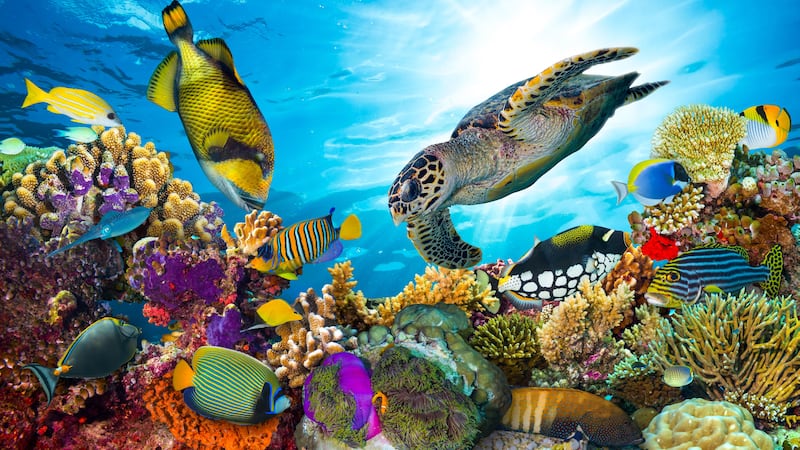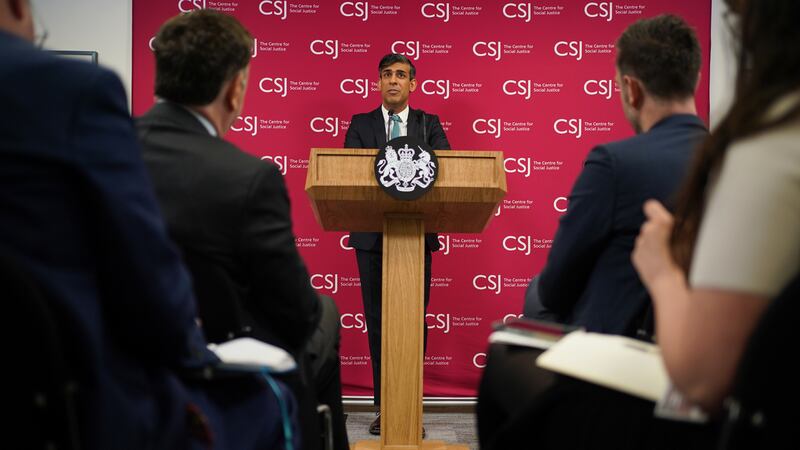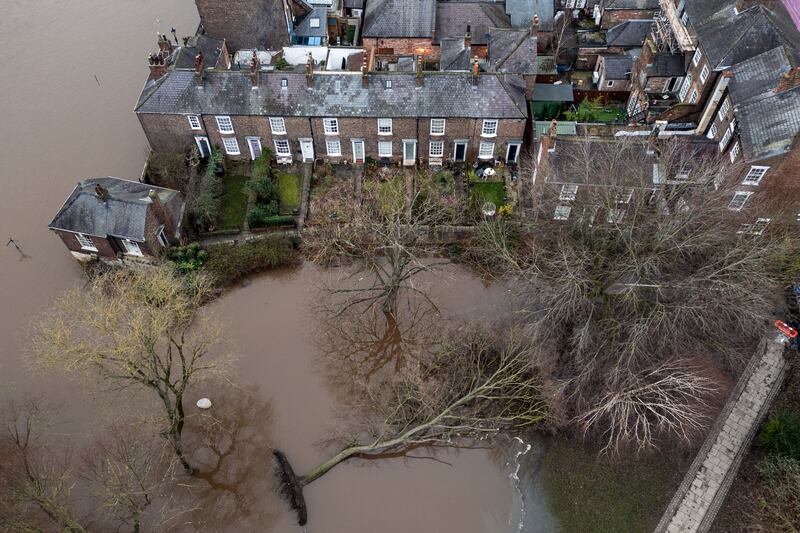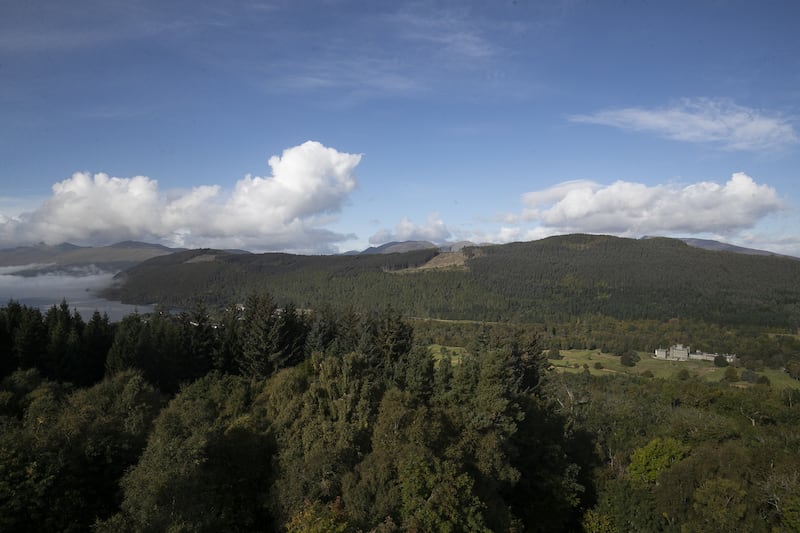An ultra-thin film that is 50,000 times thinner than a human hair could be used to protect coral reefs from rising temperatures.
Developed by scientists in Australia, the so-called “sun shield” is made using calcium carbonate – the ingredient corals use to make their hard skeletons – and is designed to sit on the surface of the water above the corals.
The researchers believe this thin layer of protection in parts of the Great Barrier Reef could cool the surface below and prevent deadly coral bleaching events.
A small-scale trial has produced positive results, with tests showing that the film reduced light by up to 30%.
‘Sun shield’ trials show promise to prevent coral bleaching on the #GreatBarrierReef – testing shows the film reduced light by up to 30% https://t.co/gzrryg4Ntu @GBRFoundation @unimelb @aims_gov_au @TiffanyAndCo Foundation pic.twitter.com/MZeh40mVrs
— GreatBarrierReef (@GBRFoundation) March 27, 2018
Bleaching, which is caused by rising water temperatures, is a threat to the Great Barrier Reef and other areas around the world rich in corals.
Warm waters can cause the corals to expel the algae zooxanthellae, which lives in their tissues, turning them completely white.
While corals can survive a bleaching event, they are under more stress and are subject to mortality, which is why experts are calling for radical interventions to save the world’s reefs.
Anna Marsden, managing director of the Great Barrier Reef Foundation, said: “This is a great example of developing and testing out-of-the-box solutions that harness expertise from different areas.
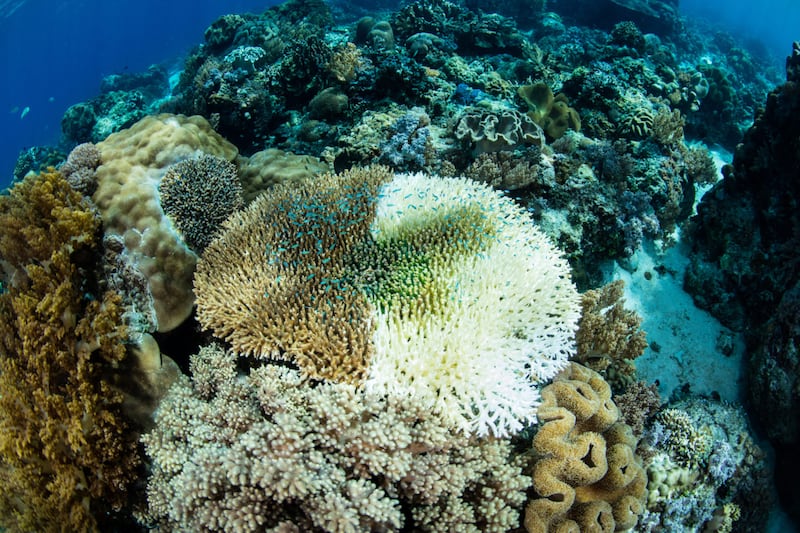
“In this case, we had chemical engineers and experts in polymer science working with marine ecologists and coral experts to bring this innovation to life.”
Ms Marsden says that while the sun shield is not a solution that could be rolled out across all 348,000 square kilometres of the Great Barrier Reef, it could be used to protect high-risk parts of the reef.
She said: “The concept needs more work and testing before it gets to that stage, but it’s an exciting development at a time when we need to explore all possible options to ensure we have a Great Barrier Reef for future generations.”
